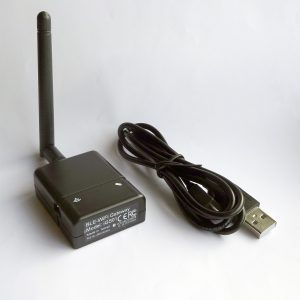The majority of beacon-based solutions are app-based and trigger information to be displayed to the user in response to being near specific beacons. If you read many platform provider sites you might think that’s all beacons can do. However, beacons are a technology and not solution. Beacons provide for many types of solution.
Another type of solution is the accounting for things (with beacons attached) within a larger system. Examples include class registration, stock checking, asset tracking, security and lone worker positioning. In these cases the thing that detects beacons can be can be an app or hardware.
The app can be relatively simple and scan for particular beacons and save information to a file and/or send them on to server. We recently implemented such a system for Malvern Instruments, with custom pre-configured beacons, that also allows search for particular ‘lost’ beacons:

In the cases where the beacon detection doesn’t or shouldn’t move around, it’s possible to use gateways to forward on detected beacon data to a server.

IGS01 Wifi Beacon Gateway
Several of our clients are using this type of architecture to provide for automatic human registration/rollcall type solutions.
We believe even greater opportunities exist for IoT scenarios where sensor data in beacon advertising can be automatically forwarded on to servers.